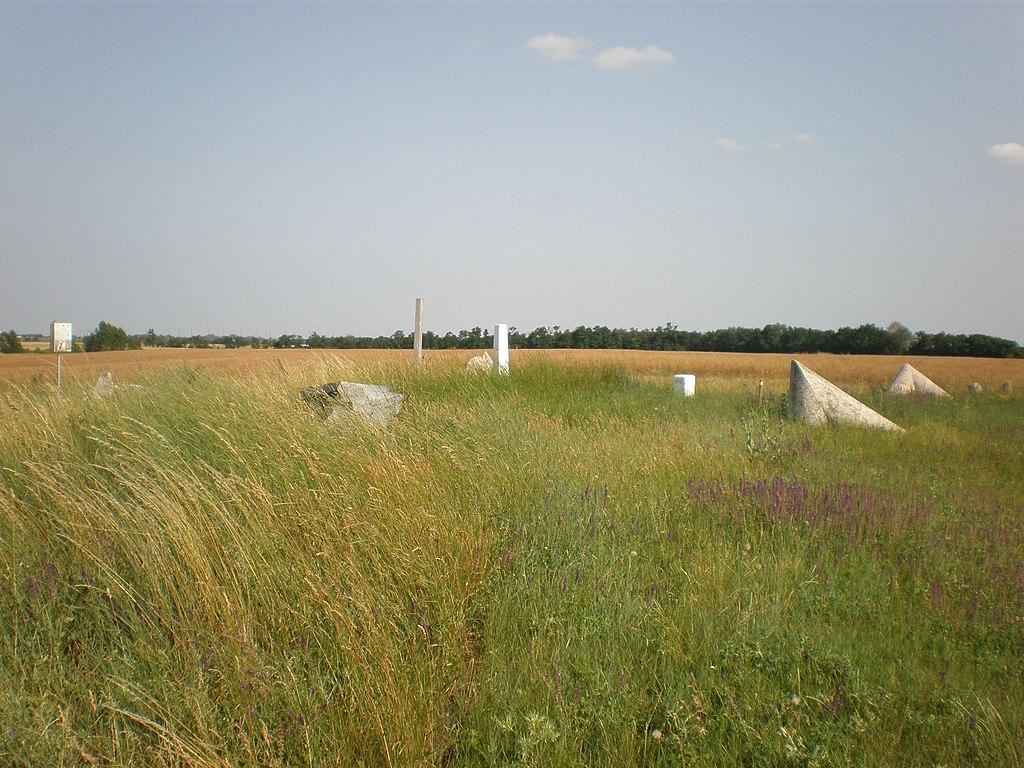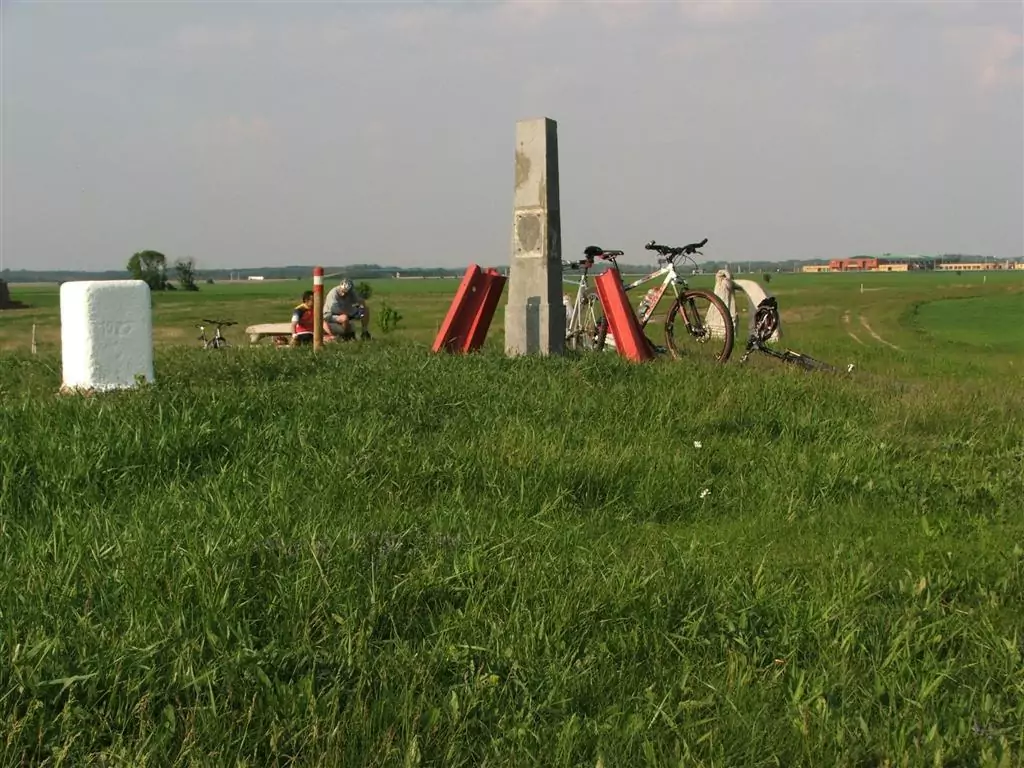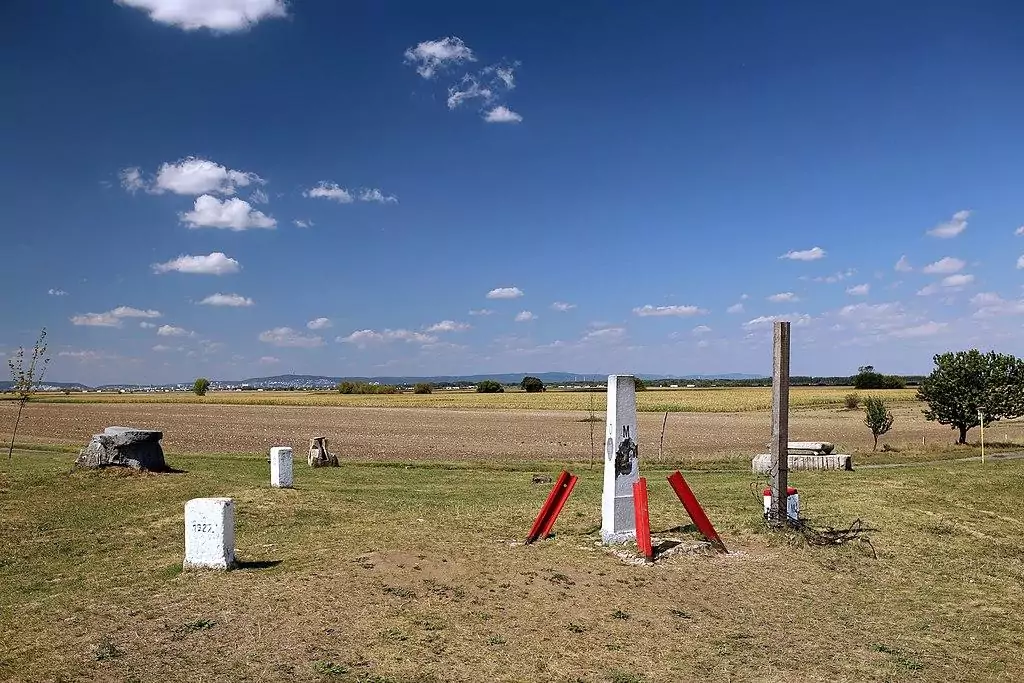The triangular picnic table, divided between Slovakia, Hungary and Austria
photography by: Julieta39/ Wikimedia Commons

Since the dawn of civilization, borders have been defining cultures, ideas, religions, ethnicities and later, modern-day nations. Perhaps the most formidable border of all times was the 20th century's Iron curtain, dividing Europe between Communism and the Western World. Once an impenetrable barrier, the nowadays tripoint of Hungary, Austria and Slovakia couldn't be further from its former self, home to a quaint sculpture park, where visitors can have a lunch in three different countries at the same time.

By: Richard Halsey
Date: 01:29 06.04.22
Last Update: 12:03 27.01.23
For decades, the fortified border between Eastern and Western Europe, commonly known as the Iron Curtain, served as far more than just a physical barrier. With strikingly different ideologies at each side of the border, the arbitrary line virtually separated two parallel worlds. Following the dissolution of the Soviet Union and the subsequent fall of the Iron Curtain in the early 1990’s, what was formerly an impassable boundary reincarnated in a blink of an eye as a peaceful and open border.
As Hungary and Slovakia were admitted to the European Union as well as to the Schengen Zone, their tripoint border with Austria, one of 176 international tripoints, became a conspicuous symbol of Europe’s peace and prosperity at the post-communist era. To mark the tripoint’s rebirth, several artists from all over the world were invited to leave their mark, erecting a series of 12 sculptures at the border, all of which feature a triangular element, reflecting the unbreakable friendship between the three nations.
Among the most inspiring art installations of the aptly named Szoborpark (simply translated as a “sculpture park” in Hungarian) is a triangular picnic table, purportedly spanning across 3 countries, where a Hungarian, an Austrian and a Slovak can all eat and converse without ever leaving the comfort of their home nations. Nevertheless, the exact point where the three countries actually meet is marked by a small obelisk, whose each of its three sides faces its respective country, bearing the first letter of the state’s native name.
Interestingly, despite being situated more than 20 kilometers from the center of the Slovak capital, Bratislava firmly claims that it is the only capital city in the world which can boast its own tripoint. To get to the somewhat remote location, you can either take a twenty-minute taxi ride from Central Bratislava, or alternatively, opt for a public bus that drops passengers about 2 kilometers from the actual tripoint.

The three-sided obelisk, marking the exact location where Austria, Hungary and Slovakia meet
photography by: Krokodyl/ Wikimedia Commons

The Szoborpark and its 12 sculptures, jutting out of the green meadow
photography by: Krokodyl/ Wikimedia Commons

The tripoint obelisk, amid the verdant landscape
photography by: tomi.cc/ Wikimedia Commons

Szoborpark's obelisk and other statues
photography by: Slavomír Frešo/ Wikimedia Commons

A panoramic view of Szoborpark
photography by: Evil moe/ Wikimedia Commons
